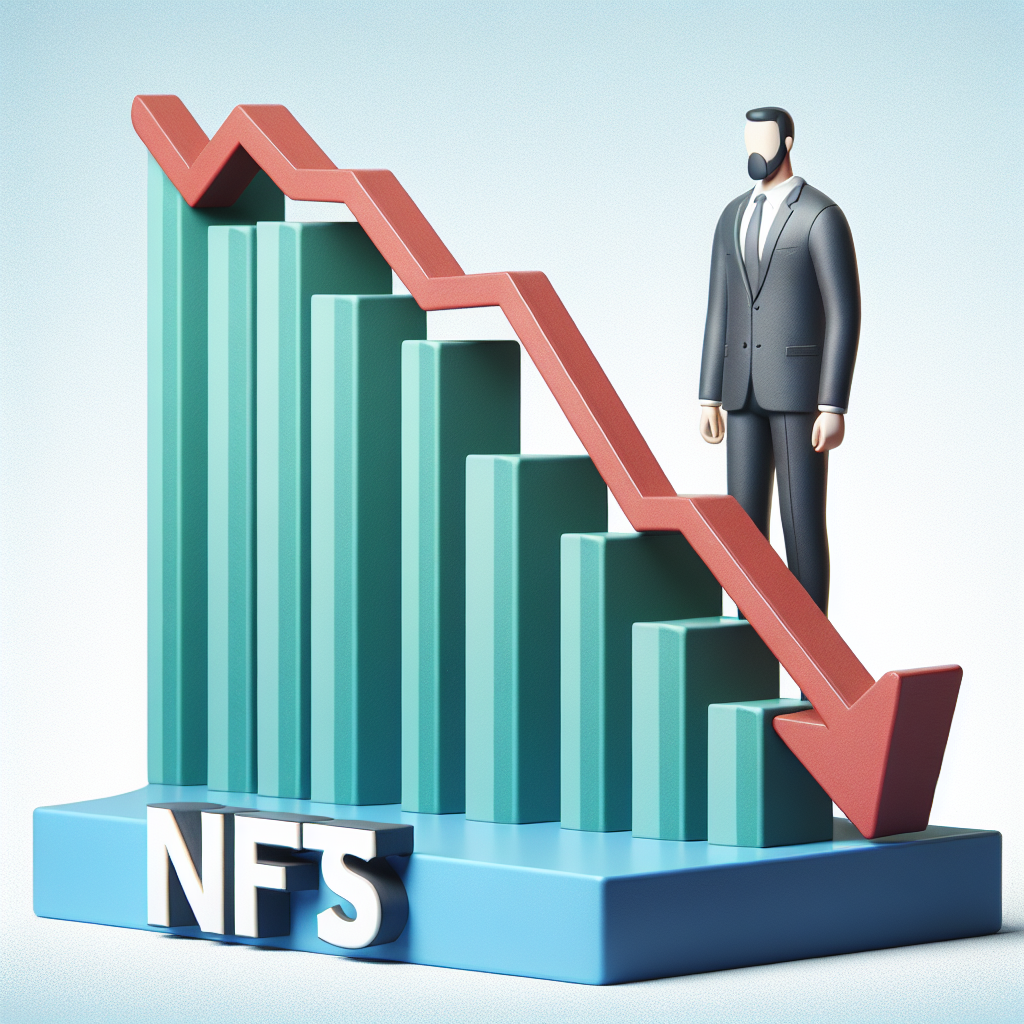In the world of cryptocurrency and blockchain, Non-Fungible Tokens (NFTs) have been at the forefront of many conversations and have seen a meteoric rise in popularity. However, recent data suggests that the NFT market may be cooling down. The year 2024 has been labeled as the worst year for NFTs since 2020. This conclusion is drawn from a report by DappRadar, a blockchain data platform.
According to the report, the total volume of NFT trades dropped significantly in February 2024. The volume fell by 38% from the previous month, the largest decline since December 2020. The total value of NFT transactions also took a hit, falling to $85 million from $136 million in January.
Interestingly, despite the overall downturn, certain NFT projects have continued to thrive. The report highlights one such project, CryptoPunks, which has maintained a consistent performance throughout the period. Other projects, like Art Blocks, have also seen a significant increase in user engagement and trade volume.
While these declines in volume and value could be seen as a sign of a downturn, it's important to note that the NFT market is still relatively new and can be subject to large swings. The report suggests that the market could be entering a consolidation phase, where weaker projects get weeded out, and stronger ones continue to grow and gain market share.
Furthermore, the report notes that the NFT marketplace is evolving. The rising popularity of gaming and metaverse projects, coupled with the integration of DeFi elements into NFT platforms, are creating new opportunities for growth. As the market matures, it's expected that the landscape will continue to change and evolve, offering new opportunities for both creators and investors.
The NFT market has been a hotspot for innovation and investment in the last few years. However, like any emerging market, it is subject to periods of growth and contraction. While the data may suggest a period of slowdown, it's important to remember that this could be a natural part of the market's evolution. The key is to stay informed and make strategic decisions based on the current market conditions.




